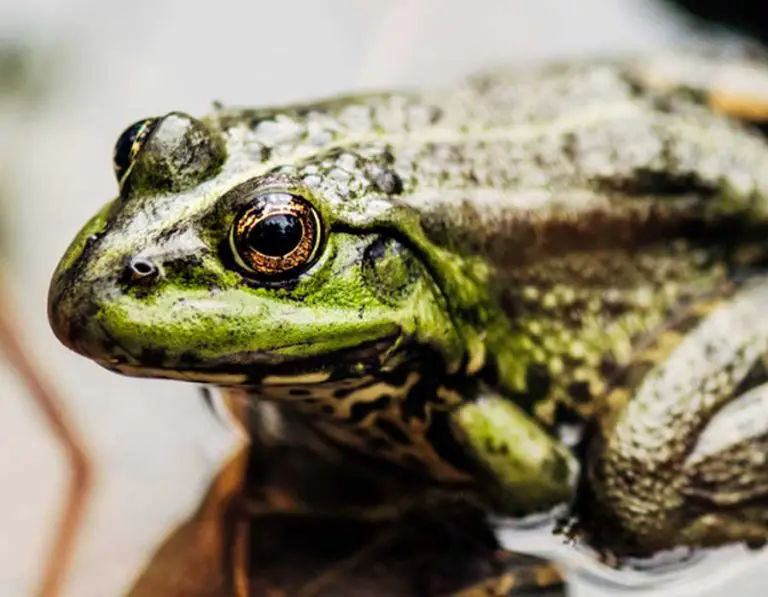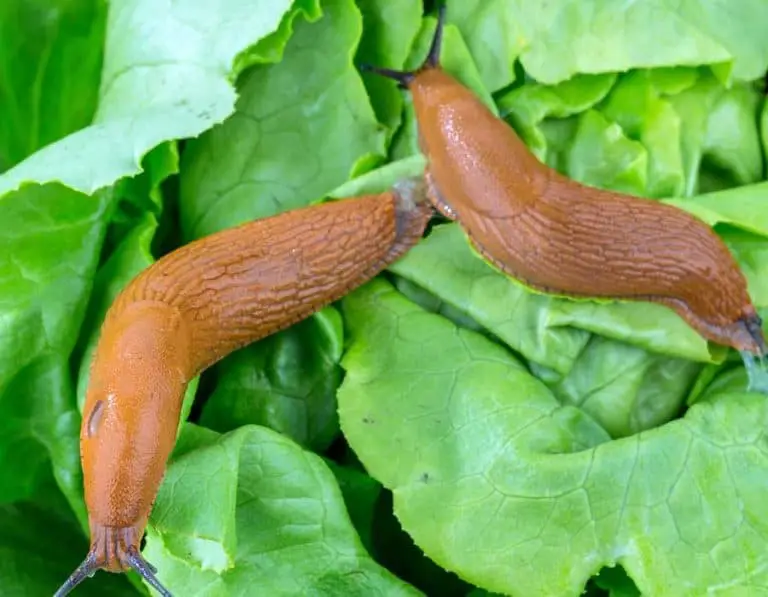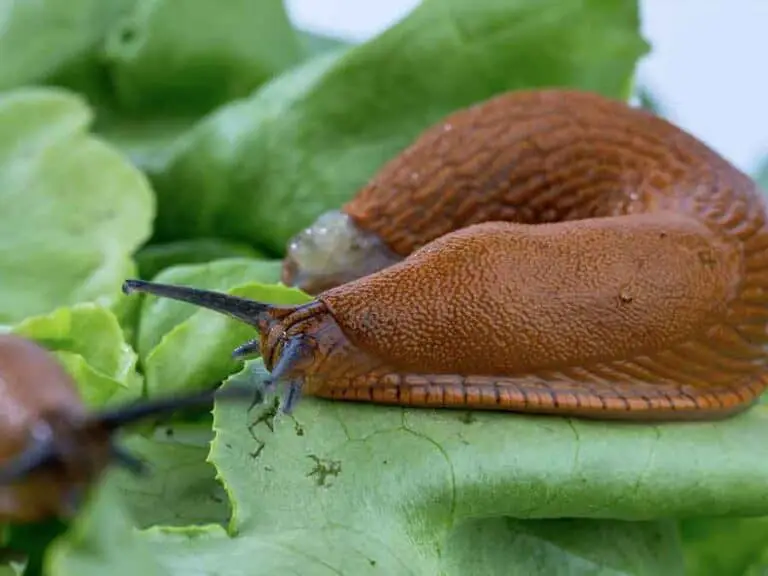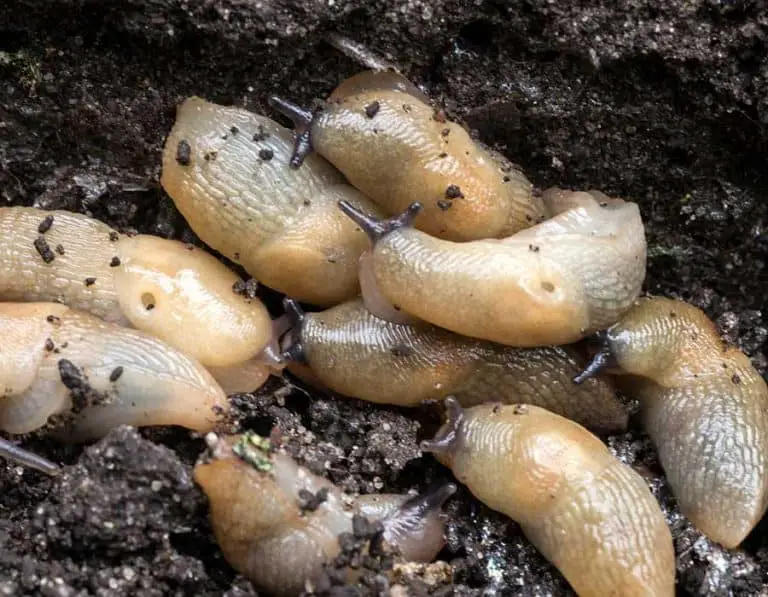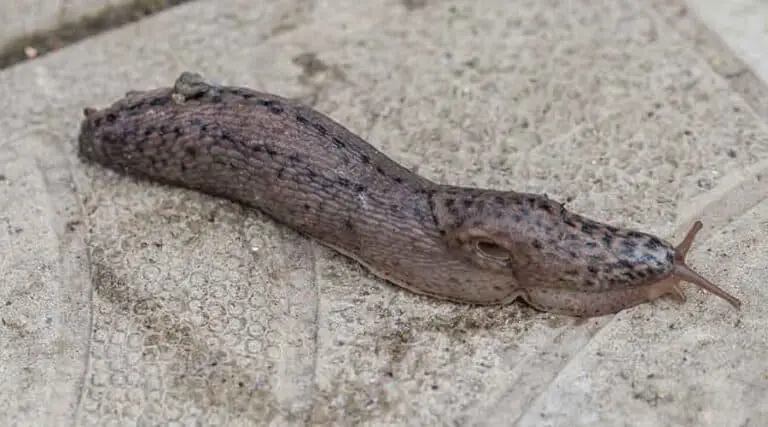Is a Slug an Insect? A Guide to Understanding the Difference
When observing a small, slimy creature like a slug, it’s natural to wonder if it falls under the category of insects. While both slugs and insects are invertebrates, they are not classified as the same type of creature. Insects are members of the class Insecta, while slugs belong to the class Gastropoda, which also includes snails.
Is a slug an insect? The short answer is no. There are several distinct differences between these two types of animals that set them apart. Insects typically have three body segments, six legs, and usually one or two pairs of wings, whereas slugs have a soft, unsegmented body, no legs, and no wings. Additionally, slugs are considered mollusks, closely related to snails, while insects are part of the arthropod phylum.
The world of invertebrates is vast and diverse, with many different classes and species. Understanding the fundamental differences between slugs and insects is essential to appreciating the unique characteristics and habitat roles that each plays in the natural world.
Defining Slugs
Slugs are small, soft-bodied animals known for their slimy appearance.
Morphology and Anatomy
Slugs possess a long, oval-shaped body with an unsegmented appearance. They have a muscular ‘foot’ which aids in movement, and a mantle, which encloses their organs. Slugs lack an external shell, in contrast to snails, their close relatives.
Additionally, they have two pairs of tentacles:
- Upper tentacles: Used for detecting light and bearing eyespots on the tips.
- Lower tentacles: For sensing chemicals in the environment, aiding in the location of food and potential mates.
Habitat and Behavior
Slugs are predominantly found in damp environments – such as gardens, forests, and areas with high moisture, as they require moisture for survival. Slugs are nocturnal creatures and are most active at night when the risk of desiccation is lower.
They play a crucial role in the decomposition of organic matter in the ecosystem, acting as decomposers or detritivores. Slugs consume a variety of food sources, including plants, fungi, and some even prey on other slugs or snails.
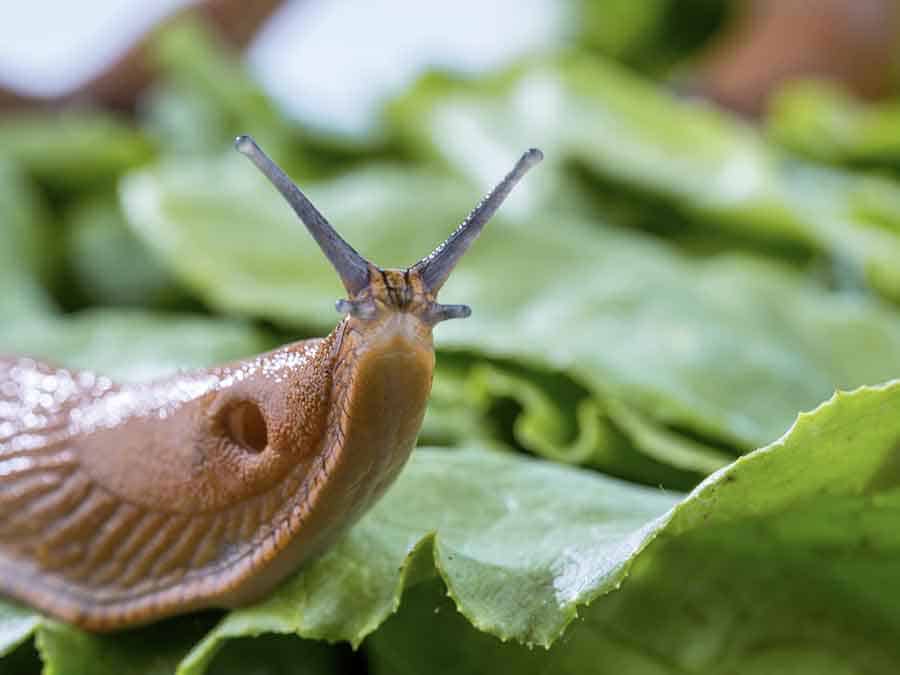
Defining Insects
Insects are a class of invertebrates that belong to the phylum Arthropoda, which also includes spiders, crustaceans, and millipedes. To better understand whether a slug can be classified as an insect, it’s important to explore the major characteristics, diversity, and adaptations of insects.
Major Characteristics
Insects share a few key traits that set them apart from other arthropods. These include:
- Three main body segments: head, thorax, and abdomen
- Six legs attached to the thorax
- One pair of antennae
- Usually one or two pairs of wings (though some insects, like ants and fleas, are wingless)
These characteristics form the basis for determining whether a creature belongs to the class Insecta.
Diversity and Adaptations
Insects are by far the most diverse group of organisms on Earth, with over a million described species, representing more than half of all known living organisms. They inhabit almost every habitat on the planet, from deserts to polar ice caps. This immense diversity has resulted from a range of adaptations, a few of which include:
- Highly variable body sizes and forms
- Specialized mouthparts for different types of diets
- Camouflage and other defense mechanisms
Insects display an extraordinary range of behaviors and life cycles, making them a diverse group with a plethora of adaptations suited to their environments.
Comparison of Slugs and Insects
In this section, we will explore the differences between slugs and insects by examining their taxonomy, anatomical differences, and ecological roles.
Taxonomy
Slugs and insects belong to different taxonomic groups within the animal kingdom. Slugs are members of the phylum Mollusca, while insects belong to the phylum Arthropoda.
- Phylum Mollusca: This phylum includes slugs, snails, squids, octopuses, and clams. They are characterized by a soft body and a significant lack of a skeleton.
- Phylum Arthropoda: This phylum covers insects, spiders, crustaceans, and other animals with an exoskeleton and jointed limbs.
Anatomical Differences
There are several notable anatomical differences between slugs and insects, such as body structure, limbs, and respiratory systems.
Body Structure
Slugs have a soft, elongated body without a segmented structure, while insects have a distinct head, thorax, and abdomen with a hard exoskeleton.
Limbs
Slugs lack limbs, whereas insects have six jointed legs attached to their thorax.
Respiratory Systems
Slugs breathe through a single pneumostome (a respiratory opening) on one side of their body, while insects have a complex tracheal system with tiny air tubes running through their body.
Ecological Roles
Although slugs and insects differ significantly in their anatomy and taxonomy, they also hold unique ecological roles within their respective ecosystems.
| Slugs | Insects |
| They act as decomposers, breaking down dead plant material and recycling nutrients back into the soil. | There is a wide range of ecological roles performed by insects, such as pollination, decomposing, and serving as prey or predators in various food chains. |
Are Slugs the Same as Snails?
Slugs and snails are similar in appearance and belong to the same class called Gastropoda within the phylum Mollusca. However, they do have distinct differences that set them apart from each other.
One key difference between slugs and snails is the presence of a shell. Snails have a visible, external shell that they can retreat into for protection, whereas slugs lack this feature. Due to the absence of a shell, slugs have a more streamlined body shape which allows them to move through tight spaces and undergrowth more easily.
Another notable difference is their habitat preferences. Snails are usually found in moist environments, such as gardens, woodlands, and near bodies of water. On the other hand, slugs can be found in a wider range of habitats, including damp locations as well as drier areas. This adaptability is partly due to their lack of a shell, which makes it easier for them to maintain moisture in their bodies.
Both slugs and snails exhibit similar feeding habits, primarily consuming decaying plant material, fungi, and algae. However, they can also be found eating live plants, making them a nuisance for gardeners.
In terms of reproduction, both slugs and snails are hermaphrodites, meaning they possess both male and female reproductive organs. This allows them to mate with any other individual of their species, increasing their chances of successful reproduction.

What Does a Slug Lifecycle Look Like?
A slug’s lifecycle consists of four primary stages: egg, juvenile, adult, and reproduction. Understanding the lifecycle of a slug can help in identifying them and managing their populations in gardens.
Egg: Slugs lay eggs in clusters, often hidden in moist soil or under decaying leaves. These eggs are small, translucent, and gel-like. The incubation period varies depending on temperature and humidity but typically ranges from 2 to 4 weeks.
Juvenile: Once hatched, juvenile slugs emerge from their eggs and begin to feed on organic matter. They resemble miniature versions of adult slugs, but with a lighter color and less developed features. This stage can last from several weeks to months depending on environmental conditions and species.
Adult: As they grow, slugs transition into adulthood. They continue to consume a wide range of organic material, including leaves, fruits, and vegetables. Adult slugs can vary significantly in size based on their species, with some measuring just a few millimeters while others can grow up to 20 centimeters.
Reproduction: Slugs are hermaphrodites, meaning they possess both male and female reproductive organs. When conditions are favorable, they can mate with other slugs or self-fertilize. After mating, slugs lay their eggs, and the cycle begins anew.
Conclusion
While slugs share some similarities with insects, they are not classified as insects. Slugs belong to the phylum Mollusca and class Gastropoda, whereas insects are part of the phylum Arthropoda and class Insecta. The primary differences between the two groups lie in their anatomy, reproduction, and habitat.
Insects typically have six legs, three distinct body parts, and an exoskeleton. In contrast, slugs have a soft, muscular body without any legs, and they possess a protective mantle that covers most of their body. The reproductive process also differs between the two groups, with slugs often being hermaphrodites and insects having separate sexes.
Slugs are more closely related to snails, clams, and other mollusks than they are to insects. So, despite some overlaps in terms of habitat and feeding preferences, slugs cannot be considered insects.

